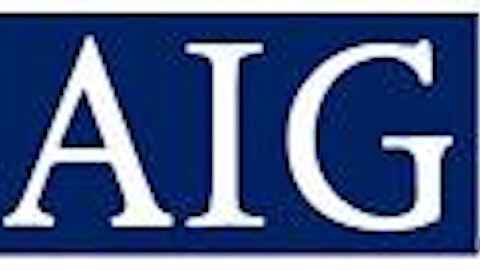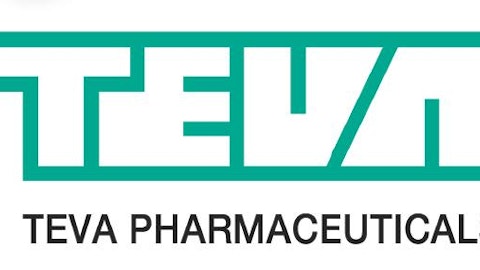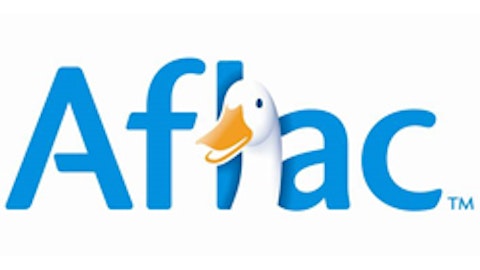Does Aflac have a shareholder friendly management?
Aflac has paid increasing dividends for 33 consecutive years. The company recently increased its dividend payments another 5.1%.
Aflac is committed to repurchase $1.3 billion worth of its shares in fiscal 2015. This comes to about 4.7% of shares outstanding at current prices. In addition to strong share repurchases, Aflac stock also has a dividend yield of 2.5%. Between share repurchases and dividends, Aflac has a shareholder yield of 7.2%.
Aflac expects to generate earnings-per-share of around $6.00 in 2015. The company plans to pay out about $4.50 per share in dividends and share repurchases in 2015, for a total payout ratio (including dividends and share repurchase) of 75%.
With a long history of rising dividends and extremely large share repurchases (done at attractive share prices), Aflac’s management is very shareholder friendly.
What are Aflac’s expected total returns?
Aflac stock has solid expected total returns going forward.
The company should grow premium revenue (on a constant-currency basis) at between 2% and 5.5% a year over the next several years. In addition, Aflac has a 2.5% dividend yield. The company will also very likely continue strong share repurchases of 3% to 4.5% a year. In total, this comes to a total expected return of 7.5% to 12.5% a year going forward.
The company’s total returns by source are broken down below:
- Organic growth of 2.0% to 5.5% a year
- Share repurchases of 3.0% to 4.5% a year
- Dividend yield of 2.5%
How does Aflac perform during recessions?
AFLAC performed well throughout the Great Recession of 2007 to 2009, although earnings-per-share did dip in 2008. The company’s premium income rose throughout the recession.
Life insurance and health insurance are difficult to cut back on, even in times of economic uncertainty. As a result, AFLAC’s operations are not significantly impacted by recessions.
The company’s earnings-per-share each year through the Great Recession of 2007 to 2009 and subsequent recovery are shown below to illustrate this point:
- 2007 earnings-per-share of $3.27 (new high)
- 2008 earnings-per-share of $2.62 (recession low)
- 2009 earnings-per-share of $3.91 (new high)
- 2010 earnings-per-share of $5.13 (new high)
Is Aflac stock currently undervalued?
Aflac is currently trading for a price-to-earnings ratio of just 10.8 (using GAAP earnings). The company appears undervalued at current prices.
Prior to the Great Recession, Aflac stock traded at a price-to-earnings multiple of around 0.9x the S&P 500’s price-to-earnings multiple.
The S&P 500 currently has a price-to-earnings multiple of 22.2. This implies a fair price-to-earnings ratio of around 20 for Aflac – almost double the stock’s current price-to-earnings ratio.
Aflac’s low price-to-earnings ratio gives the company’s management a very easy way to deploy excess cash; repurchase shares for cheap. Aflac’s management has been doing just that, increasing long-term shareholder value significantly along the way.
Final Thoughts
Aflac has maintained after-tax operating margins of over 10% since 2007. The company rights highly profitable insurance policies.
The only thing that would make Aflac a more compelling investment is if it invested more of its float into other high quality dividend paying businesses rather into debt securities. Still, the company is an excellent value right now and has a very shareholder friendly management.
Aflac’s combination of a solid dividend yield, excellent expected total returns, a long dividend history, and a low price-to-earnings ratio make the company a favorite of The 8 Rules of Dividend Investing. AFLAC Incorporated (NYSE:AFL) makes a compelling purchase for investors looking for additional exposure to the insurance industry.
Disclosure: The author is long AFL




